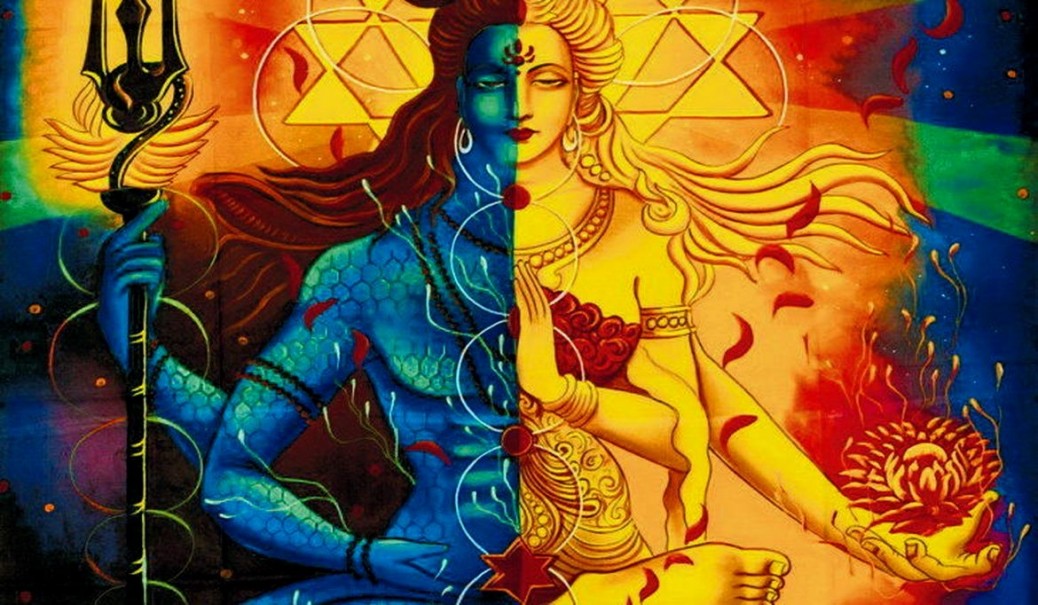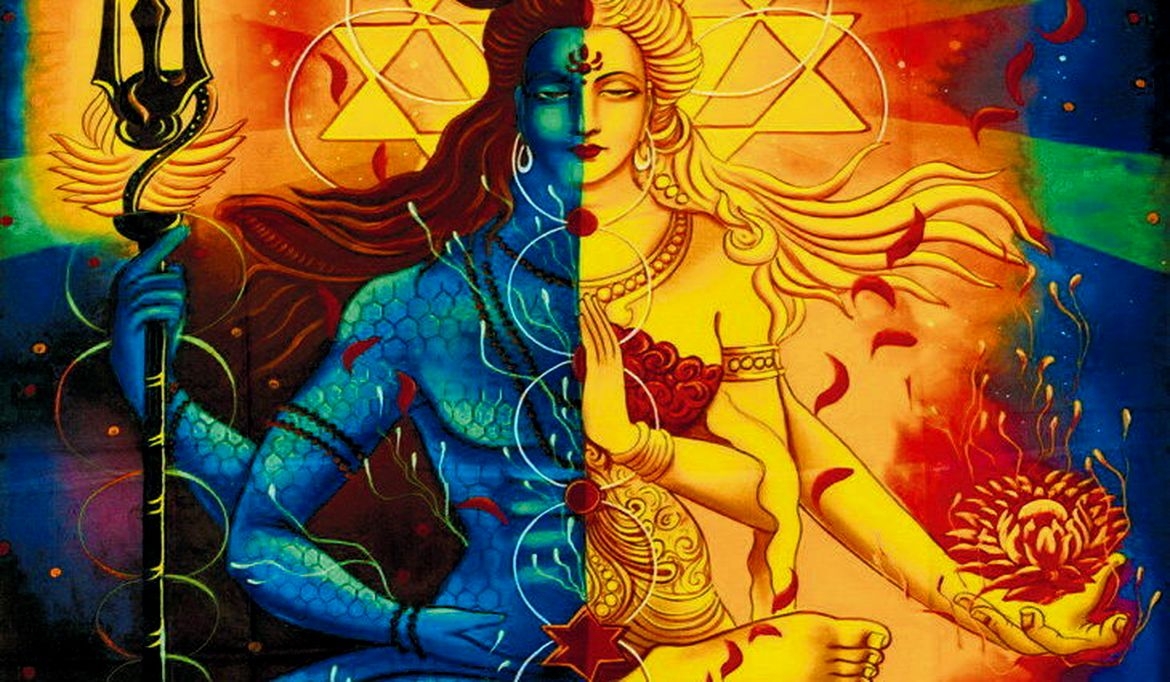VBT – Meditation 53.2
Am-Ness
It becomes difficult because we never remember simple existence. We always remember something which is just a label, not existence itself. Whenever you think about yourself, you think about your name, religion, country, many things, but never the simple existence that you are.
You can practice this: relaxing in a chair or just sitting under a tree, forget everything and feel this “you-areness.” No Christian, no Hindu, no Buddhist, no Indian, no Englishman, no German – simply, you are. Have the feeling of it, and then it will be easy for you to remember what this sutra says: “BE AWARE YOU ARE, AND DISCOVER THE EVER-LIVING.” And the moment you are aware that you are, you are thrown into the current of the ever-living. The false is going to die; only the real will remain.
That is why we are so much afraid of death: because the unreal is going to die. The unreal cannot be forever, and we are attached to the unreal, identified with the unreal. You as a Hindu will have to die; you as Ram or Krishna will have to die; you as a communist, as an atheist, as a theist, will have to die; you as a name and form will have to die. And if you are attached to name and form, obviously the fear of death will come to you, but the real, the existential, the basic in you, is deathless. Once the forms and names are forgotten, once you have a look within, to the nameless and the formless, you have moved into the eternal.
“BE AWARE YOU ARE AND DISCOVER THE EVER-LIVING”: This technique is one of the most helpful, and it has been used for millennia by many teachers, masters. Buddha used it, Mahavira used it, Jesus used it, and in modern times Gurdjieff used it. Among all the techniques, this is one of the most potential. Try it. It will take time; months will pass.
When Ouspensky was learning with Gurdjieff, for three months he had to make much effort, arduous effort, in order to have a glimpse of what self-remembering is. So continuously, for three months, Ouspensky lived in a secluded house just doing only one thing – self-remembering. Thirty persons started that experiment, and by the end of the first week twenty-seven had escaped; only three remained. The whole day they were trying to remember – not doing anything else, just remembering that “I am.” Twenty-seven felt they were going crazy. They felt that now madness was just near, so they escaped. They never turned back; they never met Gurdjieff again.
Why? As we are, really, we are mad. Not remembering who we are, what we are, we are mad, but this madness is taken as sanity. Once you try to go back, once you try to contact the real, it will look like craziness, it will look like madness. Compared to what we are, it is just the reverse, the opposite.
If you feel that this is sanity, that will look like madness.
But three persisted. One of the three was P. D. Ouspensky. For three months they persisted. Only after the first month did they start having glimpses of simply being – of “I am.” After the second month, even the “I” dropped, and they started having the glimpses of “am-ness” – of just being, not even of “I”, because “I” is also a label. The pure being is not “I” and “thou”; it just is.
And by the third month even the feeling of “am-ness” dissolved because that feeling of am-ness is still a word. Even that word dissolves. Then you are, and then you know what you are. Before that point comes you cannot ask, “Who am I?” Or you can go on asking continuously, “Who am I?”, just continuously inquiring, “Who am I ? Who am I?”, and all the answers that will be provided by the mind will be found false, irrelevant. You go on asking, “Who am I? Who am I? Who am I?” and a point comes where you can no more ask the question. All the answers fall down, and then the question itself falls down and disappears. And when even the question, “Who am I?” disappears, you know who you are.
Tags: Am-Ness




